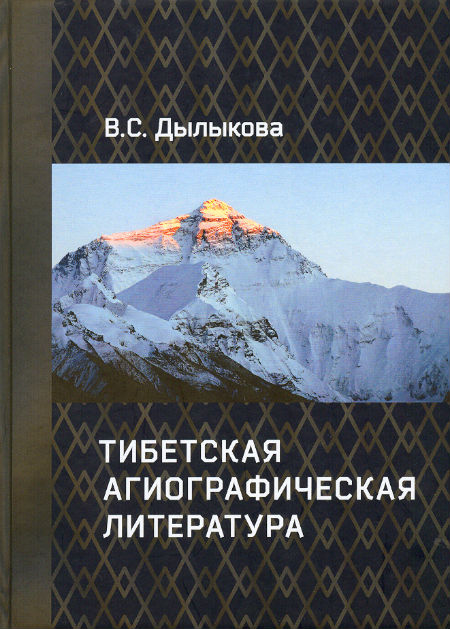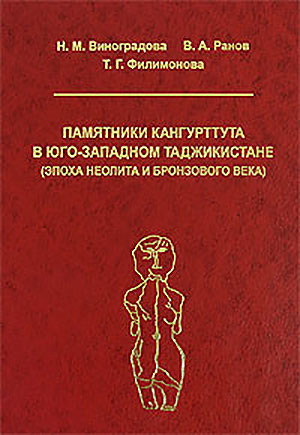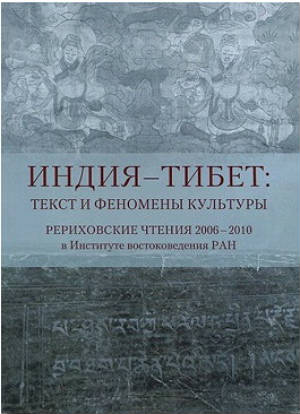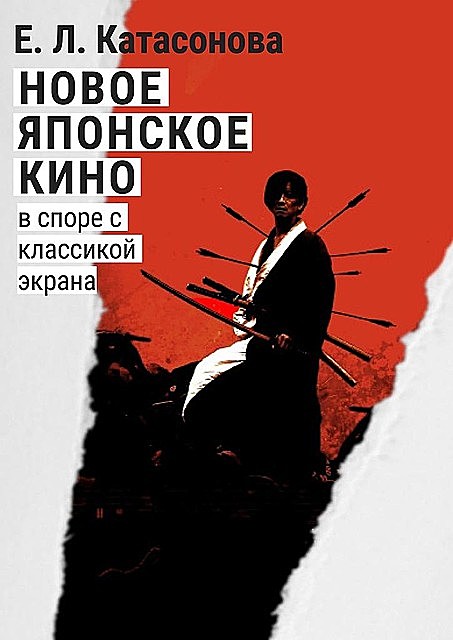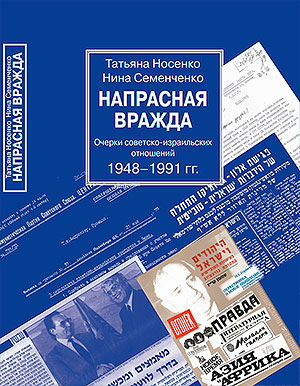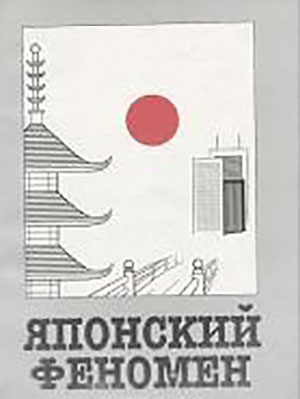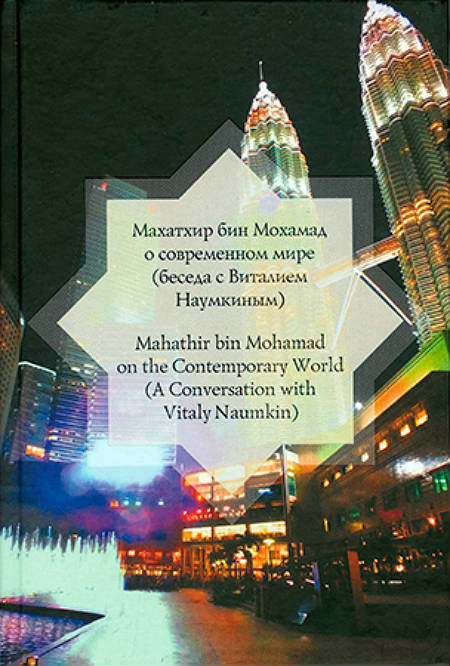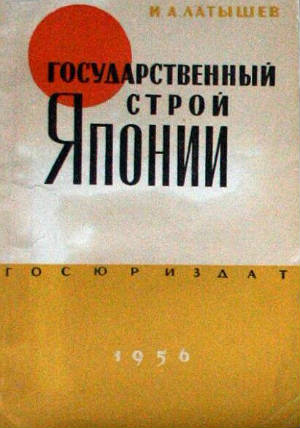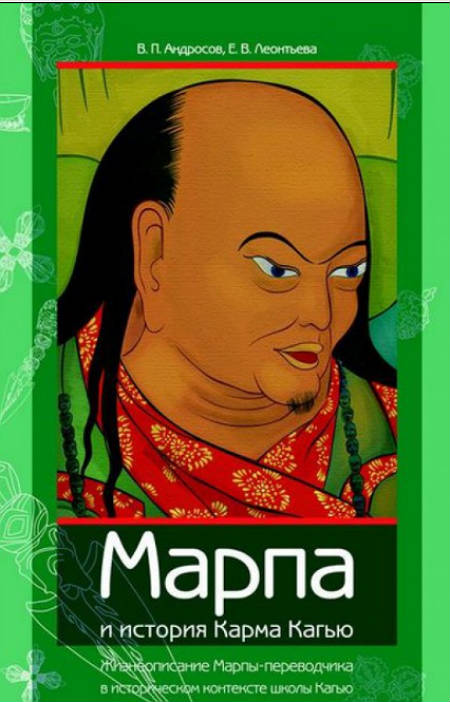Book
Androsov Valery, Leonteva Elena
Marpa and a History of Karma Kagyu: “The Life of Marpa the Translator” against a Historical Background of Kagyu School
Москва, 2009, 512 p.
Karma Kagyu is one of the four main schools of Tibetan Buddhism. It is considered to derive from the Indian Buddhist tantrism of the eighth to eleventh centuries. Around 1050 its fundamentals, including the Six Yogas of mahasiddha Naropa and the Mahamudra (Great Seal) doctrine of mahasiddha Maitripa, were brought to Tibet by the legendary Marpa the Translator. His teaching called Kagyu (which is most often translated as “oral transmission”) later developed into an extended Vajrayana tradition counting a number of greater and minor sub-schools. Among them, Karma Kagyu is the largest, being known as a lineage of advanced yogins and siddhas. After 1959, this tradition has been widely spreading in the West. “Marpa and a History of Karma Kagyu” contains a translation of “Seeing Accomplishes All”, Marpa’s life story written by a sixteenth century yogin, Tsang Nyön Heruka (1452–1507), followed by two articles dedicated to the early history of Buddhism in Tibet and the development of Karma Kagyu school. The researches are mainly focused on the contents of the doctrine which had been brought to the Land of Snow to become larger part of its spiritual life; on the known hagiography of historical forefathers of Tibetan Bud-dhism and particularly Kagyu tradition, both Indian maha-siddhas and Tibetan yogins and monks. Terminology issues are clarified in a glossary of Buddhist terms, which itself amounts to a separate scholarly research. The book is of great interest to experts on Tibet and Buddhism, and to all those who are interested in Tibetan Buddhism and mystical teachings of the East.
РУССКАЯ ВЕРСИЯ: Марпа и история Карма Кагью: «Жизнеописание Марпы-переводчика» в историческом контексте школы Кагью

